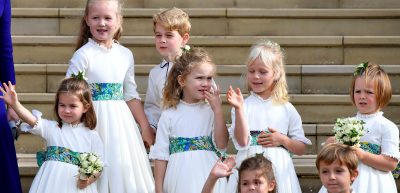chronicles Wedding Tips
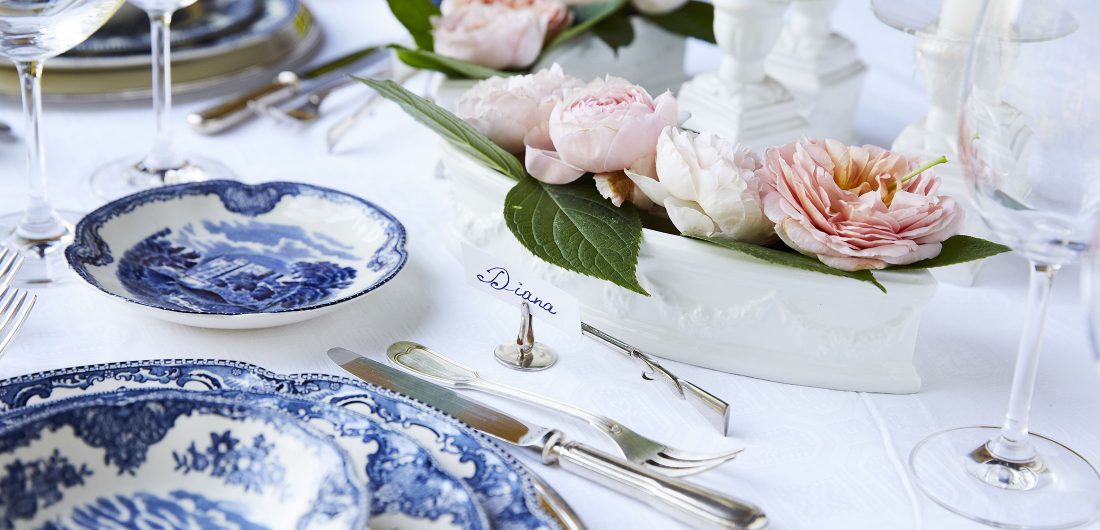
Wedding Etiquette
Our guide to (modern) wedding etiquette for the perfect day
by Silvia Bortolotto

When planning your big day, you’ll inevitably be faced with scores of seemingly basic yet important rules of wedding etiquette, from how to address guests on the invitations to putting together your seating plan. Conundrums such as these are common to all celebrations, whether traditional, religious, civil or informal.
Navigating wedding etiquette can be tricky. To help, here’s our guide to etiquette rules for the perfect ceremony, complete with alternatives to suit today’s modern era. Whether a spouse, relative or guest, having good manners delivers plenty of gains, not least avoiding any potential mishaps. Wedding etiquette doesn’t only pertain to the bride. Admittedly, there are fewer do’s and don’ts to abide by as a guest, although guests still need to bear some essential rules in mind (KIDS POLICY e GUEST DRESS CODE).
We have put together some important (often overlooked) wedding etiquette rules to help you plan. While these will undoubtedly come in handy, don’t forget that one of the best ways to plan a wedding as smoothly as possible is with the help of a professional wedding planner!
Invitations
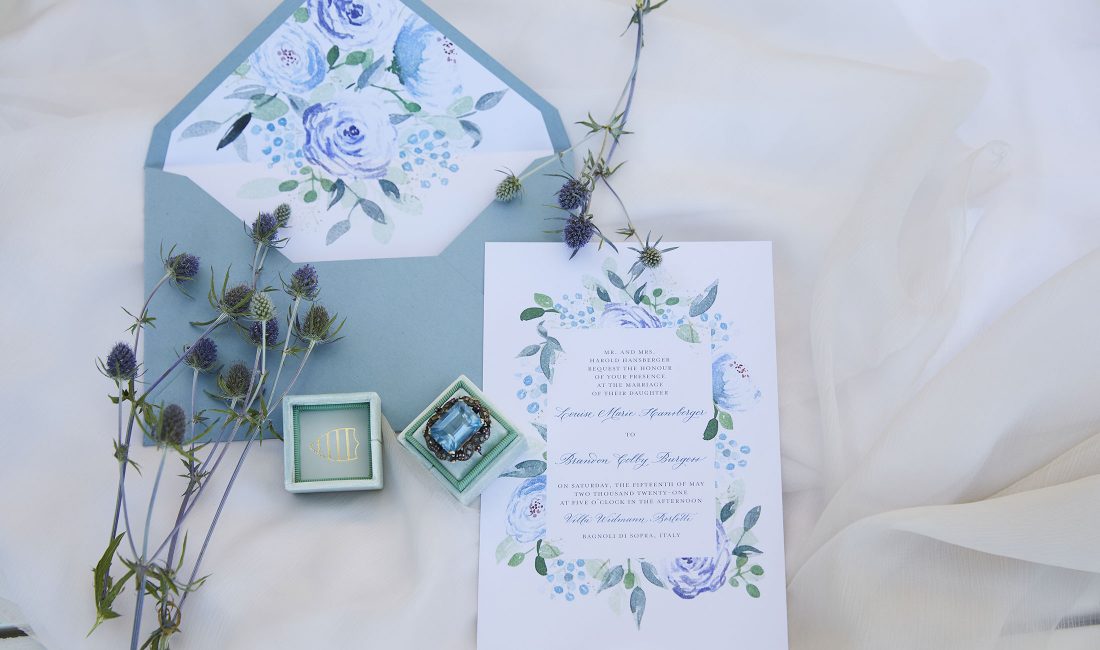
Often preceded by save-the-dates, invitations set the tone for your wedding, giving a feel of the overall style and level of formality. The invitations, therefore, need to reflect the wedding mood, harmoniously combining scripts, color palettes and design styles.
There’s a big difference between ceremony-only and reception-only invitations. As the names suggest, ceremony-only invitations are used to invite guests to your wedding service only, whether religious or civil, while reception-only invitations are used to invite guests to the reception that celebrates your marriage. These days, couples tend to use one invitation only as guests invited to the ceremony tend to also be invited to the reception.
You should aim to send your invitations three days before the big day; four if there are many overseas guests. You should mail an invitation to someone you already know can’t attend as it lets them know you’re still thinking of them and it acknowledges their worth to you. Along with location, time, date and RSVP details, the invitations should specify the dress code and kids’ policy.
Traditional wedding etiquette dictates that the parents of the happy couple should announce the engagement. These days, it’s all decidedly more relaxed, with the bride- and groom-to-be announcing the engagement themselves. Traditionally the name of the bride always precedes the groom’s name in writing – up until they are wed, that is. Once married, the couple are officially referred to as Mr & Mrs, followed by the husband’s first and last name. This is how you will have to address the newly married couple when writing to thank them for inviting you to their big day.
Envelopes should be addressed in handwritten ink (you may be tempted to hire a calligrapher). The names and surnames of the guests should never be preceded by professional titles, except for military personnel, reverends etc. As a general rule, you’ll likely use one of the following: Mr & Mrs/Mr/Ms/Miss.
- Invitations to a couple who are unmarried or live together are addressed to both people on one line. List the person you are closest to first, such as Mr Romeo Montecchi and Ms Giulietta Capuleti.
- If you’re sending an invitation to a married couple, but not extending the invitation to their children, use Mr and Mrs and spell out the husband’s first and last name, e.g. Mr and Mrs Romeo Montecchi.
- If you’re inviting an entire family, including children, simply list the family name or the parents’ names alone on the envelope, with everyone’s names included on the inside, e.g. The Montecchi Family or Mr and Mrs Romeo Montecchi. If the children no longer live at the same address, you should send them a separate invitation.
Seating Plan
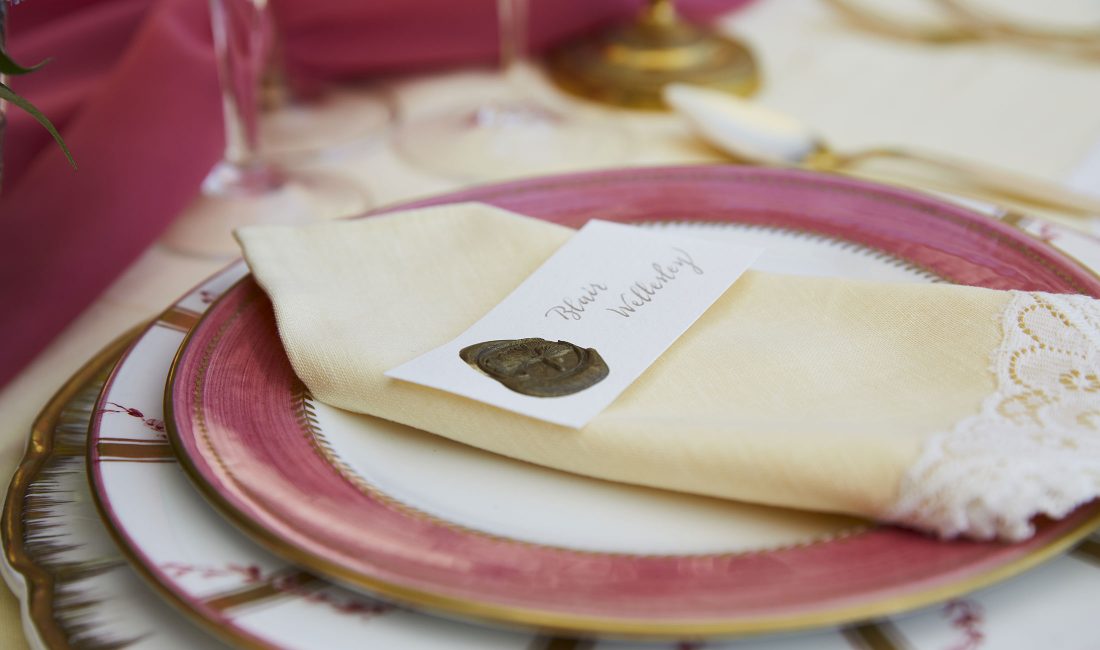
There are no strict rules when it comes to drawing up a seating plan. Traditionally the bride and groom would sit with their parents and close relatives. These days, they’re much more likely to sit with the best man, maid-of-honor and bridesmaids. Couples who are engaged, live together or have been married for less than one year should be seated at the same table, while couples who have been married for longer can be seated far away from one another. Males and females should sit alternately round the table. Make sure you pair your friends and relatives with people with similar interests. Whatever you do, avoid a singles table!
Service and Reception
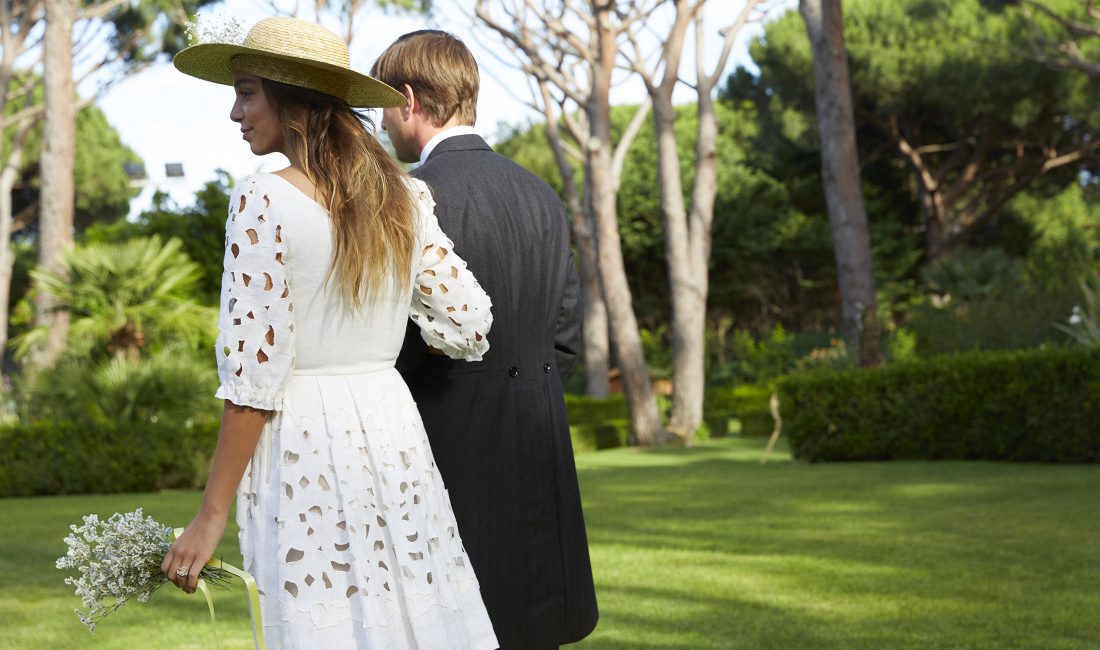
The bride and groom and their respective families should look after their guests, from the moment they arrive at the ceremony to when they leave at the end of the evening. The idea is to make the wedding experience as pleasant as possible, without asking guests to overly spend on transfers and accommodation. If your budget allows, you may want to consider paying for your guests’ accommodation and transportation. Try and choose a reception venue not too far from where you’re planning on holding your service; it should be no more than 20/30 minutes’ drive away (you could arrange a shuttle service). Be a good host and don’t spend too much time taking photographs with your best friends. Try and spend a little time with everyone, including guests you don’t know particularly well or who you may not particularly like, even if it’s only for a quick hug, a brief chat, or moving around from group to group on the dance floor.
For guests
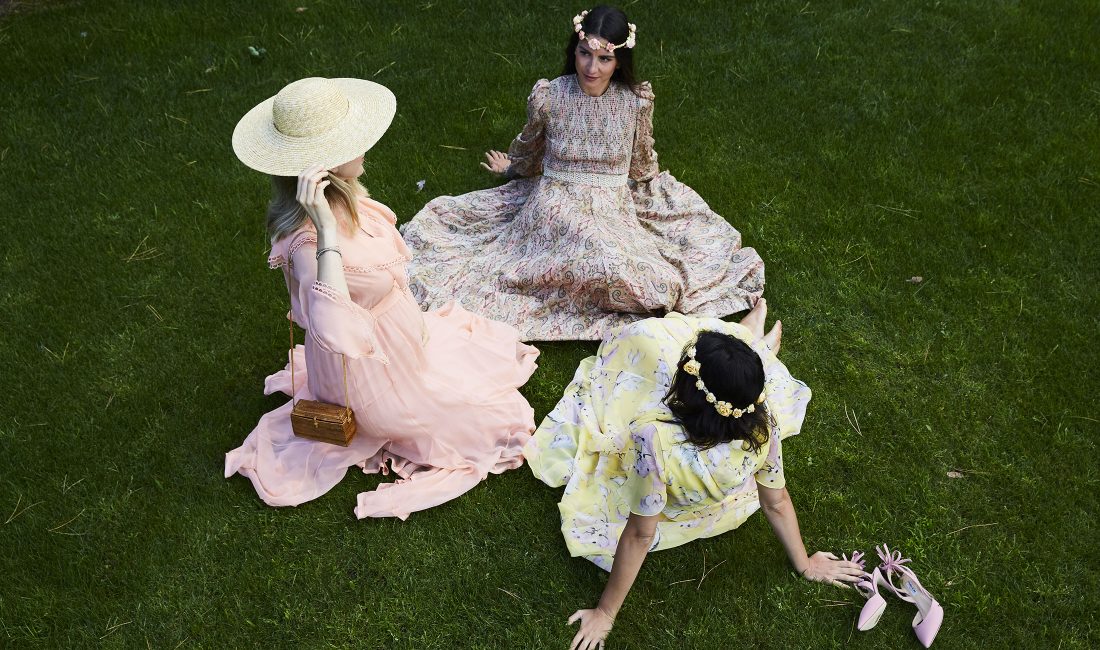
Wedding guests need to follow some basic yet important rules such as replying to RSVP cards on time, giving plenty of advance notice about any food allergies or dietary requirements, arriving at the venue on time, buying a suitable wedding gift, dressing appropriately for the occasion or choosing the right outfit for a themed wedding. Many guests are blissfully unaware of their mistakes and blunders. For example, asking your hosts to bring a plus one is definitely out of the question, unless you have a very close relationship with the bride or groom. Another no no is turning up with your kids assuming they have been invited, unless their presence has been explicitly requested on the invitations (Kid Policy). In today’s era of social media, as a courtesy to the bride and groom you should only post photos in which the bride and groom look truly fab. Try and resist the urge to post a ‘funny’ picture. It may make your followers chuckle but it may well upset the bride and groom. Don’t forget that this is their big day, not yours!

